24 January 2025
Traveling is more than just hopping from one place to another. It's about immersing yourself in the soul of a destination. And if you’re looking for a collection of places that tell the epic tale of our planet’s cultural and natural wonders, buckle up—we’re going on a journey through UNESCO’s Global Heritage sites! These are places so significant that they’ve earned a spot on UNESCO's prestigious list, representing the best of humanity’s history, culture, and nature. Ready to cross continents? Let's get started!

What is UNESCO’s World Heritage List?
Before we dive into the landmarks, let’s quickly break down what UNESCO’s World Heritage List is all about. UNESCO, the United Nations Educational, Scientific, and Cultural Organization, created this list to protect and promote important places around the globe. To qualify, these spots must meet stringent criteria that recognize their cultural or natural significance. They’re either masterpieces of human creativity or splendid examples of the planet’s biodiversity. Basically, these are bucket-list-worthy sites you seriously don’t want to miss.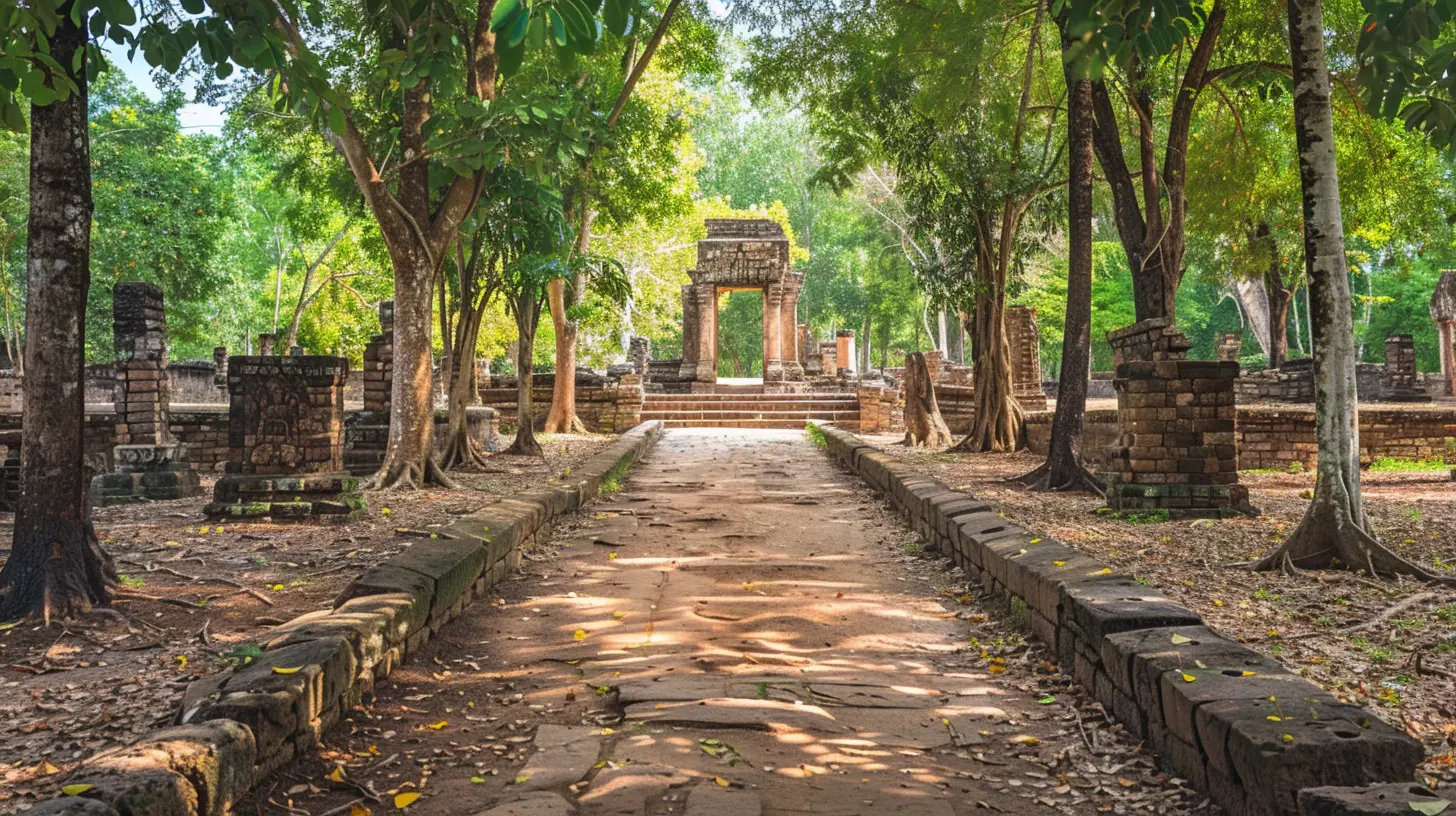
Why Should You Care About UNESCO’s Heritage Sites?
Why should you concern yourself with a list curated by international scholars and historians? Well, it’s simple—these sites are living, breathing museums of our shared global history. Visiting them gives you a chance to step into a time machine (minus the high-tech gadgets) and explore places that have shaped the world. It's like traveling back in time, across oceans, deserts, forests, and ancient cities.Imagine walking under the same archways as ancient kings or trekking through landscapes that have remained unchanged for millennia. That’s the magic of UNESCO sites. Each location tells its own story—sometimes mysterious, sometimes inspiring, but always captivating.

A Trek Through Continents: Iconic UNESCO Heritage Sites You Should Know
From ancient ruins hidden deep in jungles to breathtaking monuments perched atop mountains, UNESCO Heritage sites are scattered across all corners of the Earth. Let’s embark on a journey through some of the most iconic ones.1. Europe: Exploring the Timeless Charm of the Past
The Acropolis of Athens, Greece
Is it even possible to talk about world heritage without mentioning the Acropolis of Athens? Perched high above the city, this ancient citadel symbolizes the cradle of Western civilization. With structures like the Parthenon still standing tall, this is where democracy and philosophy were born. Walk around, and you’ll almost hear the echoes of Socrates and Plato debating life’s big questions.The Alhambra, Spain
Another masterpiece in Europe lies in the heart of Andalusia. The Alhambra, with its intricate Islamic art and stunning gardens, is a fairy tale brought to life. It was once a grand palace for Muslim rulers, and today its beautiful blend of Moorish architecture continues to mesmerize visitors.Stonehenge, United Kingdom
Does anyone truly know why Stonehenge exists? A circle of monolithic stones standing tall against the English countryside—it’s one of the world’s greatest mysteries. Some believe it’s an ancient observatory, others think it’s a sacred burial ground. Whatever its original purpose, there’s no denying the mystical vibe you get when you see it up close.2. Asia: A Look Into Majestic Cultures and Ancient Civilizations
The Great Wall of China
Stretching over 13,000 miles (you read that right!), The Great Wall of China is visible even from space. This monumental wall was originally built to protect the Chinese empire from invasions. Today, it's a symbol of China’s enduring strength. With sections snaking through mountains, deserts, and plains, walking along even a small stretch will leave you in awe.Taj Mahal, India
Few sights in the world are as iconic as the Taj Mahal in India. A majestic white marble mausoleum built by Emperor Shah Jahan in memory of his beloved wife, Mumtaz Mahal, it’s a symbol of eternal love. The intricate craftsmanship, shimmering reflection in the surrounding pools, and the ethereal backdrop of the Yamuna River make it a must-see.Angkor Wat, Cambodia
Hidden amid verdant jungle landscapes, the Angkor Wat temple complex in Cambodia is the largest religious monument in the world. Originally built as a Hindu temple, it gradually transformed into a Buddhist site. The detailed carvings tell captivating stories of mythology, gods, and kings. If you time your visit for sunrise, when the spires reflect against the pond's surface, it’s nothing short of magic.3. Africa: Nature and Ancient Wonders
The Pyramids of Giza, Egypt
Let’s be real—you cannot think about Africa without immediately picturing the Pyramids of Giza. Standing tall for over 4,500 years, these structures have bewitched anyone who has laid their eyes upon them. Built as tombs for the Pharaohs, their scale, engineering, and precision leave scientists baffled to this day. Honestly, how did they manage to move those massive stones without modern technology?Serengeti National Park, Tanzania
On the natural wonders side, let’s wander over to Serengeti National Park in Tanzania, one of the most famous safari spots in the world. Known for the Great Migration, where millions of wildebeests and zebras move across the plains, this park offers a front-row seat to some of the planet’s most awe-inspiring natural spectacles. The word "Serengeti" in Masai means "endless plains," and once you step foot there, you’ll understand why.Victoria Falls, Zambia/Zimbabwe
Bordering both Zambia and Zimbabwe, Victoria Falls is one of the largest waterfalls on the planet—and yes, it's as powerful as you’d expect. Known as "The Smoke That Thunders," the mist from the falls can be seen miles away, and the sound? It’s like nature’s version of a roaring stadium crowd. Don’t forget your raincoat, though—you’re bound to get soaking wet!4. The Americas: From Ancient Ruins to Natural Marvels
Machu Picchu, Peru
Hidden high in the Andes and shrouded in mist, Machu Picchu is the crown jewel of ancient Incan civilization. This ancient city is awe-inspiring not just because of its architecture but also because of its mind-blowing location, seemingly balanced on a mountain ridge. What’s even more astonishing is that it was only rediscovered in 1911—talk about a hidden gem! Feeling adventurous? The Inca Trail hike will bring you right to its doorstep.Yellowstone National Park, USA
Yellowstone, the world’s first national park, is a veritable smorgasbord of natural wonders. With its simmering geysers (hello, Old Faithful!), rainbow-colored hot springs, and vast ecosystems, it’s like Mother Nature showing off her resume. Whether you're into bird watching, hiking, or just relaxing by a picturesque lake, Yellowstone is nature’s playground for both adventurers and peace seekers.Galápagos Islands, Ecuador
Off the coast of Ecuador lies the Galápagos Islands, a living laboratory of evolution. These volcanic islands are home to a variety of species found nowhere else in the world. From giant tortoises to blue-footed boobies, Charles Darwin's observations here helped shape his Theory of Evolution. If you’re looking to snorkel with sea lions or witness the raw power of nature, this place delivers big time.5. Oceania: Pristine Natural Beauty and Cultural Landscapes
Great Barrier Reef, Australia
Spanning over 1,400 miles, the Great Barrier Reef is the largest coral reef ecosystem in the world, a rainbow-colored underwater paradise. It’s not just a diver's dream—it’s also a vital part of the planet’s ecosystem. Sadly, it’s at risk due to climate change, so if you want to witness this aquatic wonder, there's no better time than now.Te Wahipounamu, New Zealand
Te Wahipounamu (try saying that three times fast!) is a UNESCO-listed natural site in southwestern New Zealand. This breathtaking region includes four national parks and is home to some of the country’s most dramatic landscapes—think glaciers, fjords, and alpine meadows. For fans of "The Lord of the Rings," this area will seem oddly familiar—it’s Middle Earth in real life!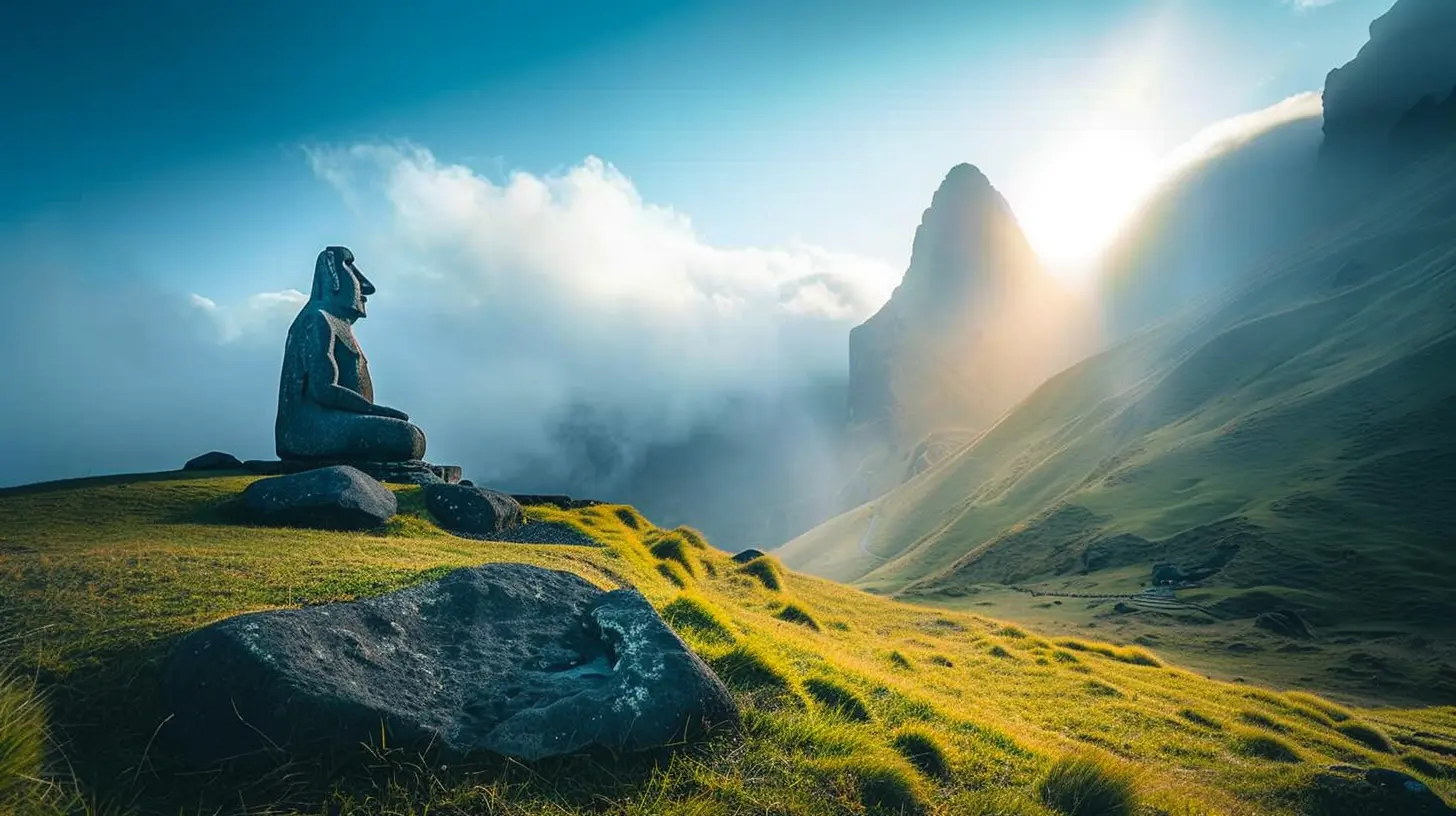
Why These Sites Matter in Our World Today
Beyond their beauty, these UNESCO Heritage Sites serve a crucial role—they remind us of the world we’ve inherited and inspire us to protect it for future generations. In a way, they’re like the family heirlooms of the planet.Think about it: these sites have witnessed wars, revolutions, environmental changes, and the rise (and fall) of civilizations. Yet, they remain, preserved as a testament to human ingenuity and the splendor of nature. Whether it's a towering monument that speaks of an empire long gone or a remote natural landscape teeming with life, these treasures offer us a chance to learn, reflect, and, most importantly, protect.
Final Thoughts: Let’s Do Our Part
So, the next time you’re plotting your next adventure, why not consider checking out some of these remarkable UNESCO Heritage sites? You’ll not only satisfy your wanderlust but also connect with the history and natural beauty that defines our world.If we want these wonders to be around for future travelers, conservation efforts—whether that’s traveling responsibly, reducing our carbon footprint, or supporting local preservation initiatives—are key. Because when it comes down to it, these sites don’t just belong to the countries they’re in; they belong to all of us.

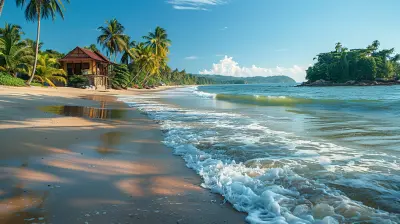

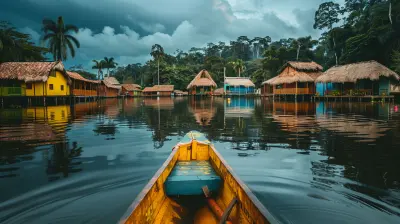
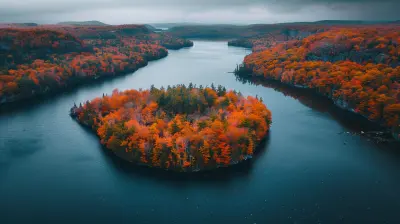



Olivia Malone
Adventure awaits, explore joyfully!
April 1, 2025 at 4:55 AM